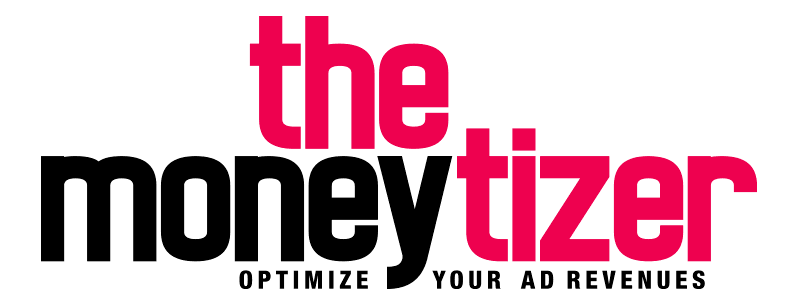Do you know about Smart Refresh? If you are monetizing your website using online advertising, you are certainly always looking for new ways to increase your ad revenues. You can do so by optimizing your website, but there are other ways. Platforms like The Moneytizer don’t only offer to display banners, they help you boost your revenues thanks to various technologies. Want to know more?
What is an ad refresh?
Before getting specific about ad refresh, let’s see what it means in general. It is a technique that allows publishers to automatically reload ads on a web page based on predefined triggers, without reloading the entire page. Each time the page is refreshed, a new ad is shown in the same ad space. With this technique, publishers can therefore multiply the number of impressions of a web page, showing more ads to the same user in a single session.
Refresh is a dynamic reload of ads: the system analyzes several variables to accurately predict whether the ad is visible at that moment, and refreshes the ad only if it is. Variables such as clicks, browser usage, viewable area and time spent on the page allow the system to predict fairly accurately whether the user is interacting with the web page, and therefore whether the ads are actually visible. In this way, refresh achieves its goal of maximizing advertising revenue by multiplying the number of visible impressions alone.
The different types of refresh
There are different types of ad refresh.
The most popular is the “time-based ad refresh”, where ads are reloaded after a predefined period of time (between 20 and 90 seconds). It is important to note that this type of refresh does not take into account whether the user is actually viewing the page. For example, the user may have left the tab open and visited another website.
Another type of refresh is the “event-driven refresh”. Ads are triggered by user activity. For example, ads can be reloaded when the user clicks on a page element, or when the user scrolls down the page. In all of these cases, because the reload is triggered by active user interaction with the web page, the ads generally have higher visibility. However, event-driven refresh is typically used in websites that have a lot of call-to-actions.
A third type of refresh is the “window-based refresh”. It reloads only the ads displayed on the display window. That is, the part of the page that the user is actually viewing at the time. As such, this technique addresses the viewability issue by only refreshing the ads that are visible. However, it lacks precision: for example, it cannot detect if the user has left the tab open and is on another site.
None of these types of refreshes completely solve the problem of visibility of reloaded prints. That’s where our Smart Refresh comes in.
Some advantages
Our Smart Refresh technology offers undeniable advantages. But there are some best practices you should keep in mind if you decide to use this technique on your site.
First, you need to make sure that the ad networks you work with support Smart Refresh: not all of them do, and each platform has its own policy on the subject.
A good tip is to perform A/B tests. In order to evaluate the real impact of Smart Refresh on your website. For example, you can initially apply different types of refresh on limited parts of your site.
Then, by comparing the results in terms of revenue with a control configuration, you will determine which type of refresh is best suited before applying it to all the pages of your site.
Is it relevant for my website?
Smart Refresh is a useful tool to maximize revenues without adding new ad spaces on your website. This way, you don’t risk compromising the user experience and you encourage their return to your site in the future. But, you should still keep in mind that the use of Smart Refresh depends on the monetization strategy on your website. If your revenue comes from selling programmatic ads, using this tool makes sense. But if you are selling live ads, it would be better to maximize the value of the single impression by keeping the user exposure time high.
In addition, Smart Refresh results are particularly effective on specific ad blocks with fairly high visibility. For example, it is effective on “sticky” ads, units that follow users as they scroll down a page.
In conclusion, when you decide to use refresh, it is wise to rely on a technical partner. He will be able to evaluate the real benefits of this tool according to your website, and will be able to determine the best way to put it on your website.
The Moneytizer’s monetization service offers intelligent and automated management of your website’s ad layout, designed to maximize your revenue while respecting the user experience. Contact us if you want to know more.

